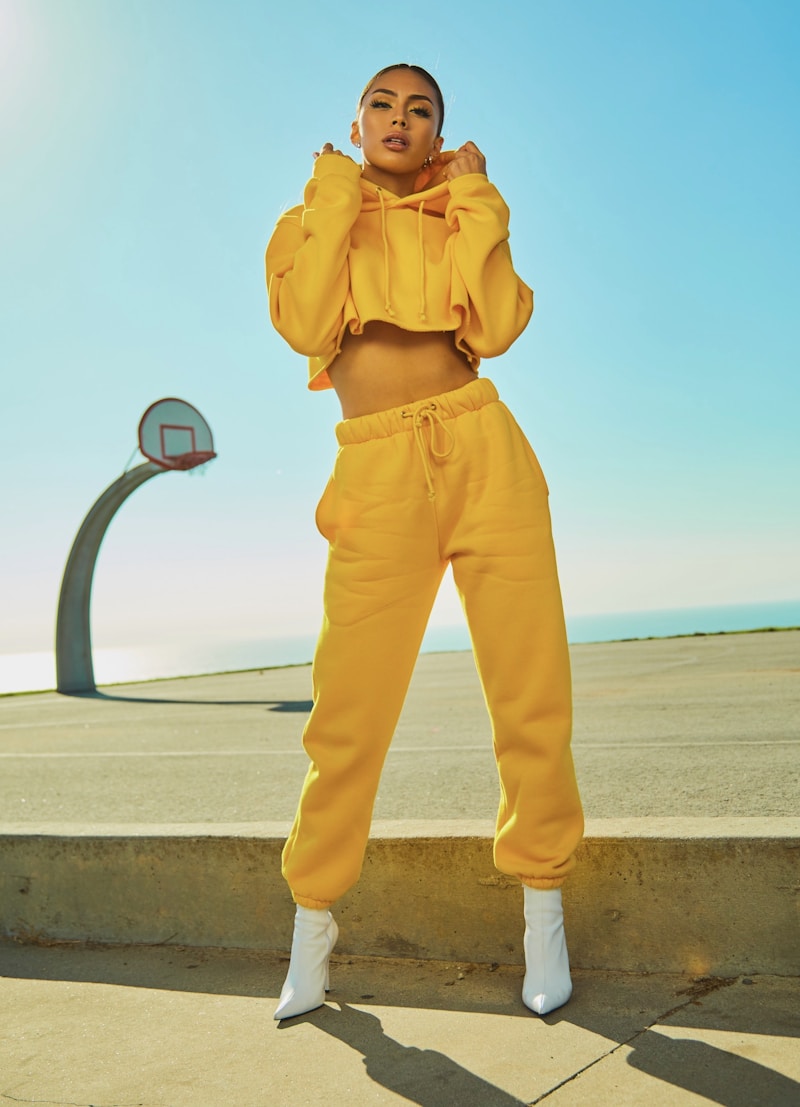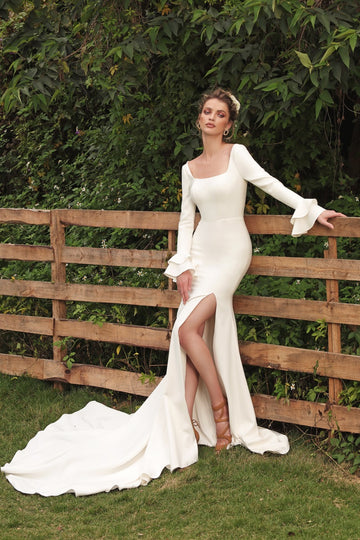Celebrating Diversity in Bridal Fashion History
Celebrating Diversity in Bridal Fashion History
Understanding the Rich Tapestry of Bridal Fashion
The world of bridal fashion is as varied and rich as the cultures it emanates from. Throughout history, brides from all over the globe have adorned themselves in garments that reflect their heritage, traditions, and personal styles. In this article, we will delve into the fascinating evolution of bridal fashion, highlighting the celebration of diversity while making a case for its continuing relevance in today's globalized society. Whether you are a bride planning your big day, a fashion enthusiast, or simply curious about bridal attire, this comprehensive examination will illuminate the multiple layers that comprise this intricate subject.
A Historical Perspective
Bridal fashion has evolved remarkably over the centuries, influenced by various social, economic, and cultural factors. Let's take a closer look at some notable historical milestones that have shaped the current landscape of brides' fashion across the world.
| Time Period | Region | Bridal Fashion Influence |
| Middle Ages | Europe | Heavy fabrics and rich colors symbolized wealth and status |
| Victorian Era | United Kingdom | Introduction of the white wedding dress, popularized by Queen Victoria |
| Early 20th Century | United States | Flapper style dresses reflecting the liberated status of women |
| Modern Day | Global | Diverse cultural representations and fusion styles |
Cultural Significance of Bridal Attire
Bridal fashion serves not merely as a means of beautification but as a profound expression of culture and tradition. Different cultures have their unique customs affecting bridal fashion choices:
Asian Bridal Fashion
In countries like India and China, weddings are grand celebrations where attire plays a monumental role. Indian brides often wear red or maroon lehengas adorned with intricate embroidery and heavy jewelry, symbolizing prosperity and fertility. In contrast, Chinese brides traditionally wear red qipaos, as red is believed to ward off evil spirits and bring good luck. Such cultural portrayals of bridal fashion serve as vital connections to heritage and community.

Western Bridal Trends
Moving westward, the evolution of bridal fashion reflects a variety of influences. The iconic white wedding dress, a concept championed by Queen Victoria in the 19th century, has transformed over time. Today, brides in the West may opt for a multitude of colors and styles to express their individuality, breaking away from tradition. This trend reflects a significant cultural shift towards personal expression and away from rigid societal expectations.
The Role of Modern Designers in Celebrating Diversity
Modern designers are increasingly embracing diversity in their collections, recognizing the rich tapestry of cultures around the world. Renowned designers such as Vera Wang and Monique Lhuillier have introduced elements from various traditions into their bridal lines, opening doors for brides to express their multicultural backgrounds. Furthermore, many designers are advocating for body positivity, ensuring women of all shapes and sizes have access to beautiful wedding attire.
The Impact of Social Media
In the digital era, social media platforms have become powerful tools for brides to discover diverse styles and trends. Platforms like Instagram and Pinterest allow potential brides to explore a plethora of options that celebrate inclusivity and uniqueness. Additionally, bridal fashion influencers from different ethnic backgrounds promote cultural designs, helping brides whom they can relate to seek inspiration.
Sustainable Practices in Bridal Fashion
As discussions around sustainability gain momentum, the bridal fashion industry is gradually adopting eco-friendly practices. Sustainable designers are committed to producing garments using ethically sourced materials while also promoting fair labor practices. Such initiatives not only contribute to the fashion industry's carbon footprint reduction but also highlight the importance of conscious consumerism.
Tips for Choosing a Diverse Bridal Attire
If you’re a bride seeking to celebrate diversity through your wedding attire, consider these tips:
- Research: Explore global bridal styles and the meanings behind them.
- Custom Make: Collaborate with local artisans or designers to create a unique piece that resonates with your culture.
- Mix and Match: Don’t hesitate to blend different elements from various cultures to create something that feels authentically you.
- Eco-Friendly Choices: Consider sustainable options that are not only tailored to your tastes but also kind to the environment.
Celebrating Diversity Through Personal Stories
One of the most fulfilling aspects of bridal fashion is the stories behind each dress or attire. Many brides create garments that tell their unique narratives, incorporating cultural symbols, family heirlooms, or even modern reinterpretations of traditional styles. Interviews and personal accounts shared on platforms and blogs provide insight into how individual backgrounds shape their choices and exhibit their cultures proudly.
Conclusion: A Call to Embrace Diversity in Bridal Fashion
As we reflect on the timelines, influences, and cultures that shape bridal fashion, it becomes apparent that diversity is not just a concept, but a celebration. The wedding industry is gradually evolving; modern brides are encouraged to explore various cultural traditions and personal histories. No matter where you hail from, integrating aspects of your identity into your bridal fashion can create a meaningful representation of who you are. As you plan for your special day, remember that your choice of attire should resonate with your unique story. As the saying goes, “Fashion is what you wear; style is who you are.” Embrace the beautiful diversity of bridal fashion and let your wedding be a celebration not just of love, but of culture and individuality.
In summary, whether you cherish traditional customs or modern trends, your bridal attire is a reflection of your identity. Take the time to explore various options and choose something that resonates with your personal narrative, while also celebrating the rich diversity that exists in the world of bridal fashion. Seek advice, share stories, and remember that every choice you make contributes to a broader tapestry of love and celebration.
